On the afternoon of October 6, the Central Hospital for Tropical Diseases announced that it had successfully treated Mr. NVS (90 years old, in Hanoi ) who suffered from respiratory obstruction while having dinner.
Thanks to his house being right next to the hospital and his relatives reacting quickly and taking him to the emergency room in time, the old man escaped critical condition.
Previously, at around 7:30 p.m. on October 4, after swallowing the last spoonful of rice, Mr. S. suddenly turned purple and stopped breathing. His children and grandchildren immediately provided first aid and quickly took him to the Emergency Department of the Central Hospital for Tropical Diseases.
The patient was admitted to the hospital in a deep coma (Glasgow score 3), with weak pupillary light reflex, no carotid or femoral pulse, and unmeasurable blood pressure. Doctors immediately performed CPR: chest compressions, adrenaline injection, and intubation.
During the emergency and breathing tube placement, the doctors discovered and removed the foreign object blocking the airway - grains of rice from dinner. After 20 minutes of emergency efforts, the patient's pulse returned.
Why do old people often choke when eating?
Choking while eating is a problem that occurs quite often in the elderly, but not everyone knows the cause of choking in the elderly. In fact, the condition of the elderly often choking while eating can be due to:
Decreased function of the muscles in the throat area: This condition leads to the phenomenon of "food getting stuck" in the esophagus, causing the elderly to choke, especially with hard or dry foods.
Impaired swallowing reflex: Slowed nerve conduction reduces the sensitivity of the swallowing reflex. This increases the risk of choking, especially
Tooth loss, weak teeth, chewing disorders: This condition makes it impossible for the elderly to chew food thoroughly, causing obstruction in the throat and esophagus.
Reduced salivation: Saliva helps lubricate food, making swallowing easier. The amount of saliva in the elderly is significantly reduced, making food dry and difficult to swallow, increasing the risk of choking.
Signs that an elderly person is choking
Choking in the elderly has many levels, from mild to severe. However, choking when eating can be easily recognized through external manifestations, specifically:
Feeling of difficulty swallowing, stuck in the throat
One of the most obvious signs of choking is a feeling of difficulty swallowing, as if food is stuck in the throat. Older adults often report a “stuck” or “heavy” feeling when swallowing, which occurs when the food is not completely swallowed or when they feel like the food is not going down.
Coughing or spitting continuously while eating
When there are signs of choking, the elderly will often cough or spit to try to push food out of the airway. However, if this phenomenon occurs frequently and does not improve, the choking condition may be quite serious.
Feeling short of breath after eating
A serious sign of choking is difficulty breathing or wheezing after eating. When food gets stuck in the throat or esophagus, it can prevent air from flowing normally, leading to difficulty breathing.
Automatically stop eating and do not continue the meal
If an older person frequently stops eating mid-meal because of a choking or discomfort while eating, it is a sign that they are having trouble swallowing. They may stop eating because they are afraid of choking or because they feel they cannot swallow food easily.
Suggested tips to cure choking in the elderly very effectively
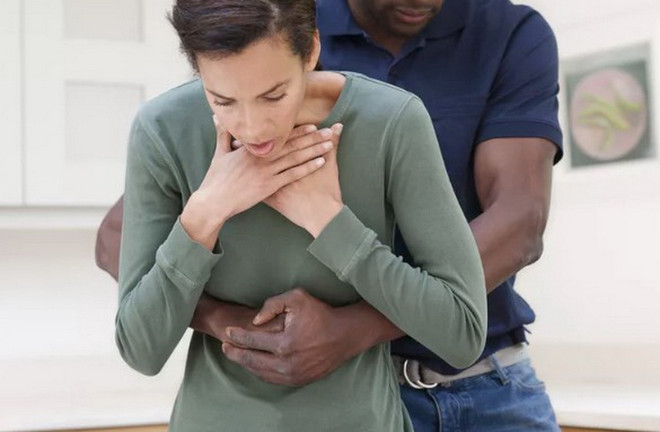
Depending on each case and the level of choking, there will be appropriate tips to treat choking for the elderly. Below are some effective and easy-to-implement methods that readers can refer to:
Cure for choking in unconscious elderly
When an elderly person is unconscious due to choking, you first need to call an ambulance or go to the nearest medical facility. In addition, you need to know how to give temporary first aid. There are two methods to treat choking in an unconscious elderly person that you can do:
Method 1: How to handle an elderly person who is unconscious and lying on his side
When an elderly person chokes and becomes unconscious, the treatment must be quick and careful. First, you need to let the elderly person lie on one side to avoid food from getting stuck in the trachea. Then, use your finger to gently press on the patient's tongue to help open the airway. At the same time, use your other hand to pat their upper back about 5 times to push the obstruction out.
Method 2: Heimlich method in case of unconscious elderly person
If the elderly person cannot cough or is completely unconscious, you need to do something more forceful. Lay them on their back with their head tilted back to clear the airway. Clasp your hands together and place them on their abdomen, and give five strong thrusts inward and upward. This will provide the necessary force to dislodge the food or obstruction from the airway.
Cure choking when the elderly are still conscious
In case the elderly person is still conscious, you can apply the following methods:
Method 1: Encourage coughing and back pats
When an elderly person is choking and is still conscious, the first simple and effective way is to encourage them to cough hard. You can help by having them sit up straight and lean forward slightly.
At the same time, you should firmly slap their upper back about 5 times to create pressure to help dislodge the food or object that is stuck. This will help open the airway and reduce the blockage in the throat.
Method 2: Apply the Heimlich maneuver gently
If coughing doesn't work, you can try the Heimlich maneuver to help dislodge the obstruction. Place your hands around the person's abdomen from behind, then squeeze the upper abdomen firmly in an upward direction, applying pressure to help push the obstruction out of the windpipe. Repeat this several times until the food or object is dislodged.
Cure for choking on solid, slimy, sticky foods
When the elderly choke on solid foods such as banh troi, banh rice, banh day, etc., it will be more difficult to handle due to the density and stickiness of the food. In this case, you need to let the elderly lie on their side, then use two fingers or forceps to gently remove the food stuck in the throat. The purpose is to create a gap in the throat, helping to restore respiratory function and quickly clear the airway.
How to overcome choking in the elderly?
To reduce the risk of choking, caregivers can take several effective precautions:
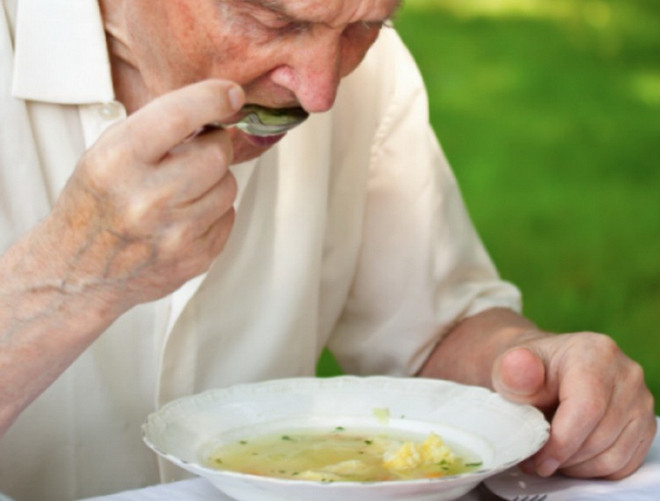
Use soft and easy-to-swallow foods: Porridge, soup, or stewed dishes are ideal choices, especially for people with weak teeth.
Divide meals into smaller portions: Instead of feeding the elderly one large meal, divide meals into smaller portions throughout the day. This helps reduce the burden on the digestive system and limits choking when swallowing.
Drink enough water: Older people need to drink enough water during the day, especially when eating, to help with swallowing food. Encourage them to drink water regularly, especially when eating dry or hard foods.
Create proper eating habits: Elderly people should eat in an upright position, not lying down or bending over while eating. This helps prevent food from falling into the airway, thereby minimizing the risk of choking./.
Source: https://www.vietnamplus.vn/vi-sao-nguoi-cao-tuoi-khi-an-de-bi-mac-nghen-va-cach-xu-tri-post1068433.vnp



![[Photo] Closing of the 13th Conference of the 13th Party Central Committee](https://vphoto.vietnam.vn/thumb/1200x675/vietnam/resource/IMAGE/2025/10/08/1759893763535_ndo_br_a3-bnd-2504-jpg.webp)








![[Photo] Prime Minister Pham Minh Chinh chairs the 16th meeting of the National Steering Committee on combating illegal fishing.](https://vphoto.vietnam.vn/thumb/402x226/vietnam/resource/IMAGE/2025/10/07/1759848378556_dsc-9253-jpg.webp)






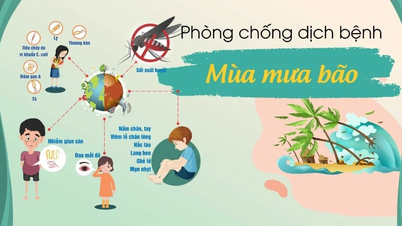
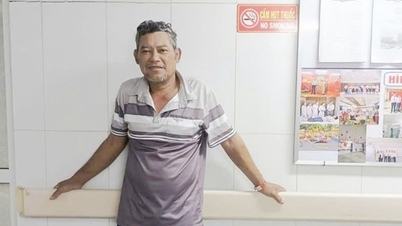






























































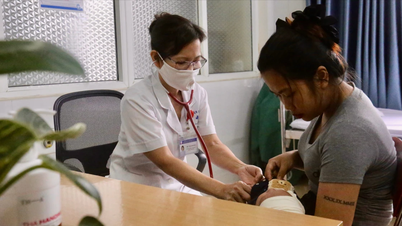

















Comment (0)